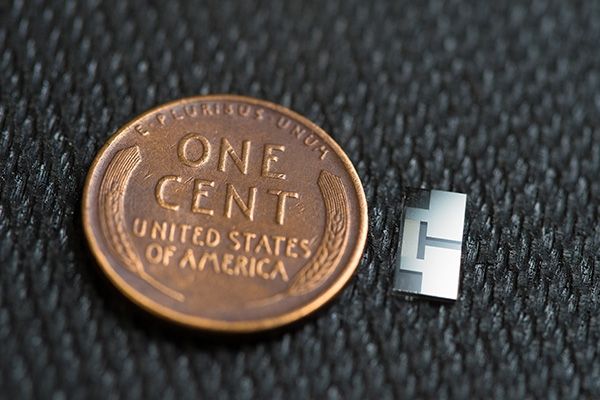Researchers at the University of California San Diego developed an ultrasound-emitting device that brings lithium metal batteries, or LMBs, one step closer to commercial viability. Although the research team focused on LMBs, the device can be used in any battery, regardless of chemistry.
The device that the researchers developed is an integral part of the battery and works by emitting ultrasound waves to create a circulating current in the electrolyte liquid found between the anode and cathode. This prevents the formation of lithium metal growths, called dendrites, during charging that lead to decreased performance and short circuits in LMBs.
The device is made from off-the-shelf smartphone components, which generate sound waves at extremely high frequencies—ranging from 100 million to 10 billion hertz. In phones, these devices are used mainly to filter the wireless cellular signal and identify and filter voice calls and data. Researchers used them instead to generate a flow within the battery’s electrolyte.
Read more at University of California - San Diego
Image Credit: University of California - San Diego


